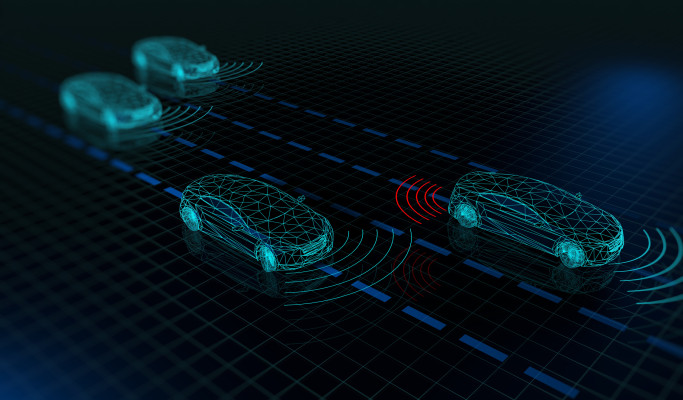Sorry. Your next car probably won’t be autonomous. But, it will still have artificial intelligence (AI).
copyright by techcrunch.com
 While most of the attention has been on advanced driver assistance systems (ADAS) and autonomous driving, AI will penetrate far deeper into the car. These overlooked areas offer fertile ground for incumbents and startups alike. Where is the fertile ground for these features? And where is the opportunity for startups? Inside the cabin
While most of the attention has been on advanced driver assistance systems (ADAS) and autonomous driving, AI will penetrate far deeper into the car. These overlooked areas offer fertile ground for incumbents and startups alike. Where is the fertile ground for these features? And where is the opportunity for startups? Inside the cabin
Inward-facing AI cameras can be used to prevent accidents before they occur. These are currently widely deployed in commercial vehicles and trucks to monitor drivers to detect inebriation, distraction, drowsiness and fatigue to alert the driver. ADAS, inward-facing cameras and coaching have shown to drastically decrease insurance costs for commercial vehicle fleets.
The same technology is beginning to penetrate personal vehicles to monitor driver-related behavior for safety purposes. AI-powered cameras also can identify when children and pets are left in the vehicle to prevent heat-related deaths (on average, 37 children die from heat-related vehicle deaths in the U.S. each year).
Autonomous ridesharing will need to detect passenger occupancy and seat belt engagement, so that an autonomous vehicle can ensure passengers are safely on board a vehicle before driving off. They’ll also need to identify that items such as purses or cellphones are not left in the vehicle upon departure.
AI also can help reduce crash severity in the event of an accident. Computer vision and sensor fusion will detect whether seat belts are fastened and estimate body size to calibrate airbag deployment. Real-time passenger tracking and calibration of airbags and other safety features will become a critical design consideration for the cabin of the future.
Beyond safety, AI also will improve the user experience. Vehicles as a consumer product have lagged far behind laptops, tablets, TVs and mobile phones. Gesture recognition and natural language processing make perfect sense in the vehicle, and will make it easier for drivers and passengers to adjust driving settings, control the stereo and navigate. […]
read more – copyright by techcrunch.com
Thank you for reading this post, don't forget to subscribe to our AI NAVIGATOR!


Sorry. Your next car probably won’t be autonomous. But, it will still have artificial intelligence (AI).
copyright by techcrunch.com
Inward-facing AI cameras can be used to prevent accidents before they occur. These are currently widely deployed in commercial vehicles and trucks to monitor drivers to detect inebriation, distraction, drowsiness and fatigue to alert the driver. ADAS, inward-facing cameras and coaching have shown to drastically decrease insurance costs for commercial vehicle fleets.
The same technology is beginning to penetrate personal vehicles to monitor driver-related behavior for safety purposes. AI-powered cameras also can identify when children and pets are left in the vehicle to prevent heat-related deaths (on average, 37 children die from heat-related vehicle deaths in the U.S. each year).
Autonomous ridesharing will need to detect passenger occupancy and seat belt engagement, so that an autonomous vehicle can ensure passengers are safely on board a vehicle before driving off. They’ll also need to identify that items such as purses or cellphones are not left in the vehicle upon departure.
AI also can help reduce crash severity in the event of an accident. Computer vision and sensor fusion will detect whether seat belts are fastened and estimate body size to calibrate airbag deployment. Real-time passenger tracking and calibration of airbags and other safety features will become a critical design consideration for the cabin of the future.
Beyond safety, AI also will improve the user experience. Vehicles as a consumer product have lagged far behind laptops, tablets, TVs and mobile phones. Gesture recognition and natural language processing make perfect sense in the vehicle, and will make it easier for drivers and passengers to adjust driving settings, control the stereo and navigate. […]
read more – copyright by techcrunch.com
Thank you for reading this post, don't forget to subscribe to our AI NAVIGATOR!
Share this: